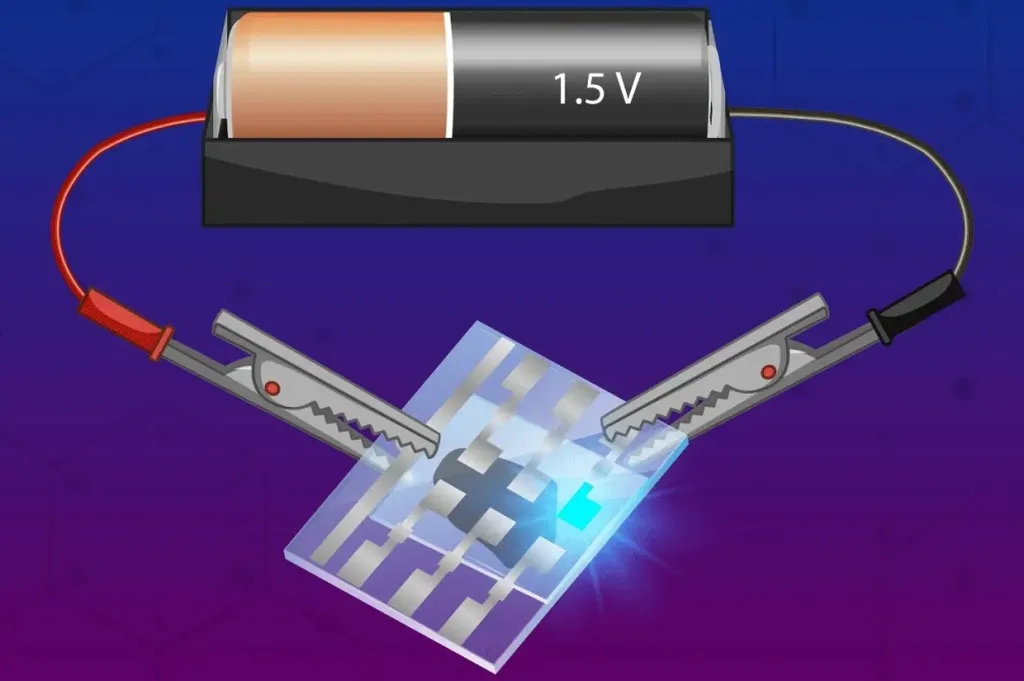In the quest for next-generation lighting solutions, researchers are delving deep into the heart of organic light-emitting diodes (OLEDs), seeking to unlock their full potential. A recent study published in the Journal of Physics Materials, conducted by Dimitrios Kanatsiopoulos and his team at the Nanotechnology Lab LTFN, Department of Physics, Aristotle University of Thessaloniki, Greece, has shed new light on the intricate dance of energy levels and interfaces that can make or break an OLED’s performance.
At the core of this research lies the challenge of scaling up and producing OLEDs efficiently, a hurdle that has persisted despite their promise as a cutting-edge lighting technology. The key to overcoming this challenge, according to Kanatsiopoulos, is understanding and optimizing the charge transport layers within these devices. “The balanced and effective injection and transport of charge carriers from the electrodes to the emitting layer is crucial,” he explains. “This process can be significantly affected by the energy-level alignment and the integrity of the interfaces between the thin films in the device’s architecture.”
To investigate this, the team grew various charge transport layers, including PEDOT:PSS, TFB, CuSCN, and PFN-I, as thin films using spin coating. They then fabricated multilayer OLED devices to compare performance and functional properties. Their findings revealed a strong correlation between the energy level alignment of these layers, the morphological quality of the mixed interlayers, and the accumulation and trapping of carriers during device operation. This, in turn, directly impacts the OLED’s brightness, electrical characteristics, and emission profile.
The implications of this research are significant for the energy sector, particularly in the development of more efficient and cost-effective lighting solutions. By understanding and controlling the energy-level alignment and interfacial properties, manufacturers can enhance the performance of OLEDs, paving the way for their widespread adoption in commercial and residential settings.
Kanatsiopoulos envisions a future where this knowledge could lead to more stable and efficient OLED devices, ultimately contributing to energy savings and reduced environmental impact. “Our work provides a deeper understanding of the fundamental processes governing OLED performance,” he says. “This understanding is essential for the development of next-generation lighting technologies that are not only more efficient but also more sustainable.”
As the world continues to seek innovative solutions to its energy challenges, research like this offers a beacon of hope. By unraveling the complexities of OLED technology, scientists are bringing us one step closer to a brighter, more energy-efficient future. The study, published in the Journal of Physics Materials (known in English as the Journal of Physics: Materials), serves as a testament to the power of scientific inquiry and its potential to transform industries and improve lives.

